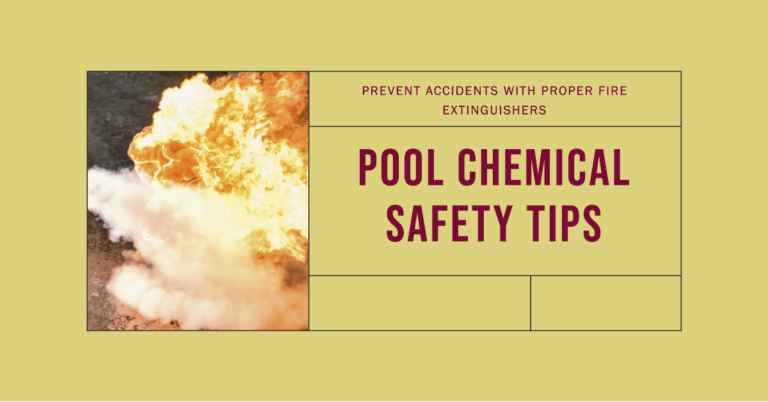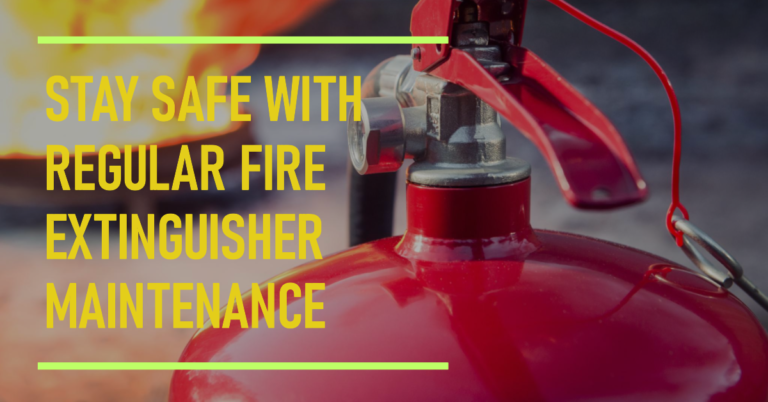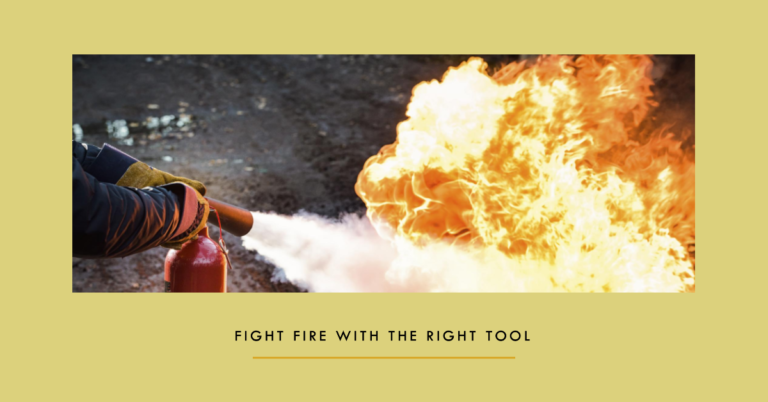Last Updated on March 25, 2024 by Allen
For kitchen fires, use Class K fire extinguishers designed for oils, fats, and grease. They meet kitchen safety standards and require proper placement and maintenance. Training your staff on their use is vital. Additionally, consider combination extinguishers for versatile protection. Evaluating the size of your kitchen, ensuring certification, and checking maintenance needs are key factors. These extinguishers are effective in emergencies and a valuable safety addition. Additional information can help you make better decisions.

Class A Fire Extinguishers
Class A fire extinguishers are suitable for wood fires and are effective against paper fires. These extinguishers are designed to tackle common materials found in household fires.
Understanding their capabilities is essential for effectively dealing with Class A fires.
Suitable for Wood Fires
For tackling wood fires effectively, you need to have Class A fire extinguishers on hand. These extinguishers are specifically designed to combat wood, paper, cloth, and other Class A fires. In the event of a wood fire in your kitchen, having a Class A extinguisher can make a significant difference in swiftly extinguishing the flames and preventing the fire from spreading.
| Class A Fire Extinguishers |
|---|
| Effective Against: |
| Not Effective Against: |
| Size: |
| Usage: |
Having a Class A fire extinguisher readily available in your kitchen can provide you with the necessary tools to combat wood fires effectively and secure the safety of your household.
Effective Against Paper Fires
Having a Class A fire extinguisher in your kitchen equips you to effectively combat paper fires and safeguard the safety of your household. Paper fires, also known as Class A fires, are common in kitchens and can quickly escalate if not extinguished promptly. These fires involve everyday materials like paper, cardboard, and wood.
A Class A fire extinguisher works by cooling the flames and eliminating the oxygen supply to the fire. When using a Class A extinguisher, remember the PASS technique: Pull the pin, Aim at the base of the fire, Squeeze the handle, and Sweep from side to side.
Class B Fire Extinguishers
In the event of a kitchen fire involving flammable liquids or gases, a suitable fire extinguisher to consider is one designed for combating such fires. Class B fire extinguishers are specifically created to tackle fires caused by flammable liquids like grease, oil, gasoline, or gases such as propane.
These extinguishers work by smothering the fire, cutting off the oxygen supply, or interrupting the chemical reaction of the flames. When dealing with a Class B fire in the kitchen, it’s essential to use the right extinguisher to prevent the fire from spreading or reigniting.
Make sure you’re familiar with how to operate a Class B fire extinguisher effectively in case of an emergency. Always prioritize safety and have a well-maintained Class B extinguisher within reach.
Class K Fire Extinguishers
Class K fire extinguishers are specifically designed for kitchen fires involving oils, fats, and grease. Understanding kitchen safety standards and the guidelines for using Class K extinguishers is essential for effectively managing kitchen fires.
Keep these points in mind to make sure you’re prepared to tackle potential kitchen fires safely and efficiently.
Kitchen Safety Standards
To guarantee kitchen safety, consider the importance of having a Class K fire extinguisher readily available. Here are some key points to help you understand kitchen safety standards:
- Class K Fire Extinguishers: These are specifically designed for kitchen fires involving cooking oils and fats.
- Proper Placement: Keep the Class K extinguisher within reach but away from cooking equipment.
- Regular Maintenance: Make sure the extinguisher is inspected and serviced as per manufacturer guidelines.
- Training: Educate kitchen staff on how to properly use the Class K extinguisher in case of emergencies.
Following these kitchen safety standards will help you be prepared and equipped to handle any potential fire hazards effectively.
Class K Usage Guidelines
When utilizing a Class K fire extinguisher, focus on targeting the base of the fire to effectively extinguish it. These specialized extinguishers are designed for kitchen fires involving cooking oils and fats.
Bear in mind to aim the nozzle at the source of the fire while sweeping from side to side. Make sure you stand a safe distance away and approach the fire cautiously. Avoid getting too close to the flames to prevent injury.
Class K extinguishers work by cooling the fire and saponifying the cooking oils, which helps to smother the flames. Once the fire is out, allow the area to cool down before evaluating the situation.
Be ready to evacuate if the fire becomes uncontrollable or spreads rapidly.
Combination Fire Extinguishers
For kitchen fires that may involve various types of materials, consider using combination fire extinguishers for versatile protection. These extinguishers are designed to combat multiple classes of fires, making them a valuable addition to your kitchen safety measures.
Here are four reasons why combination fire extinguishers are a smart choice:
- Versatility: They can handle fires fueled by different materials such as grease, paper, wood, and electrical equipment.
- Space-saving: Instead of having multiple extinguishers for different fire classes, you only need one combination extinguisher.
- Convenience: With a single extinguisher that covers various fire types, you can respond quickly to emergencies without confusion.
- Cost-effective: Investing in a combination fire extinguisher can be more economical than purchasing multiple specialized extinguishers.
Factors to Consider
Considering important factors can help you choose the most suitable fire extinguisher for your kitchen.
First, assess the types of fires common in kitchens, like grease or electrical fires, to determine the appropriate classes of extinguishers needed.
Next, consider the size of your kitchen to make sure the extinguisher’s capacity is adequate for the space.
Check for the extinguisher’s certification to ensure it meets safety standards.
Verify the maintenance requirements and ensure you can easily access and use the extinguisher during emergencies.
Additionally, think about the extinguisher’s ease of use, especially in high-stress situations.






